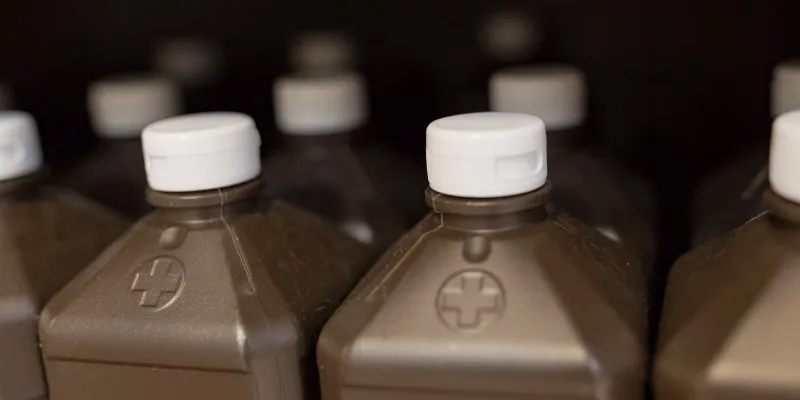Understanding Teeth Whitening & Hydrogen Peroxide
A radiant smile is a powerful asset, and teeth whitening has become increasingly popular as a way to boost confidence and enhance appearance. But, how does one go about achieving a brighter smile, and what role does hydrogen peroxide play in this process? This guide dives deep into the world of teeth whitening, specifically focusing on the application of hydrogen peroxide, a common ingredient in many whitening treatments. We’ll explore the science behind how it works, the various methods for using it, and the essential precautions to ensure safe and effective results. From understanding the basics of teeth discoloration to mastering the techniques of at-home whitening, this guide is designed to provide you with the knowledge you need to make informed decisions about your oral health.
How Hydrogen Peroxide Works for Teeth Whitening
Hydrogen peroxide is a chemical compound composed of hydrogen and oxygen, and it is a key ingredient in many teeth whitening products because of its oxidizing properties. It works by breaking down stains and discoloration on the surface of the teeth and within the enamel. When hydrogen peroxide comes into contact with the stained molecules, it triggers an oxidation process. This process essentially breaks the stain molecules into smaller, less noticeable pieces. The result is a lighter, brighter tooth surface. The effectiveness of hydrogen peroxide depends on its concentration and the duration of its contact with the teeth. Higher concentrations can lead to faster results, but they also increase the risk of side effects. Understanding this mechanism is crucial for using hydrogen peroxide safely and effectively for teeth whitening.
The Science Behind Hydrogen Peroxide
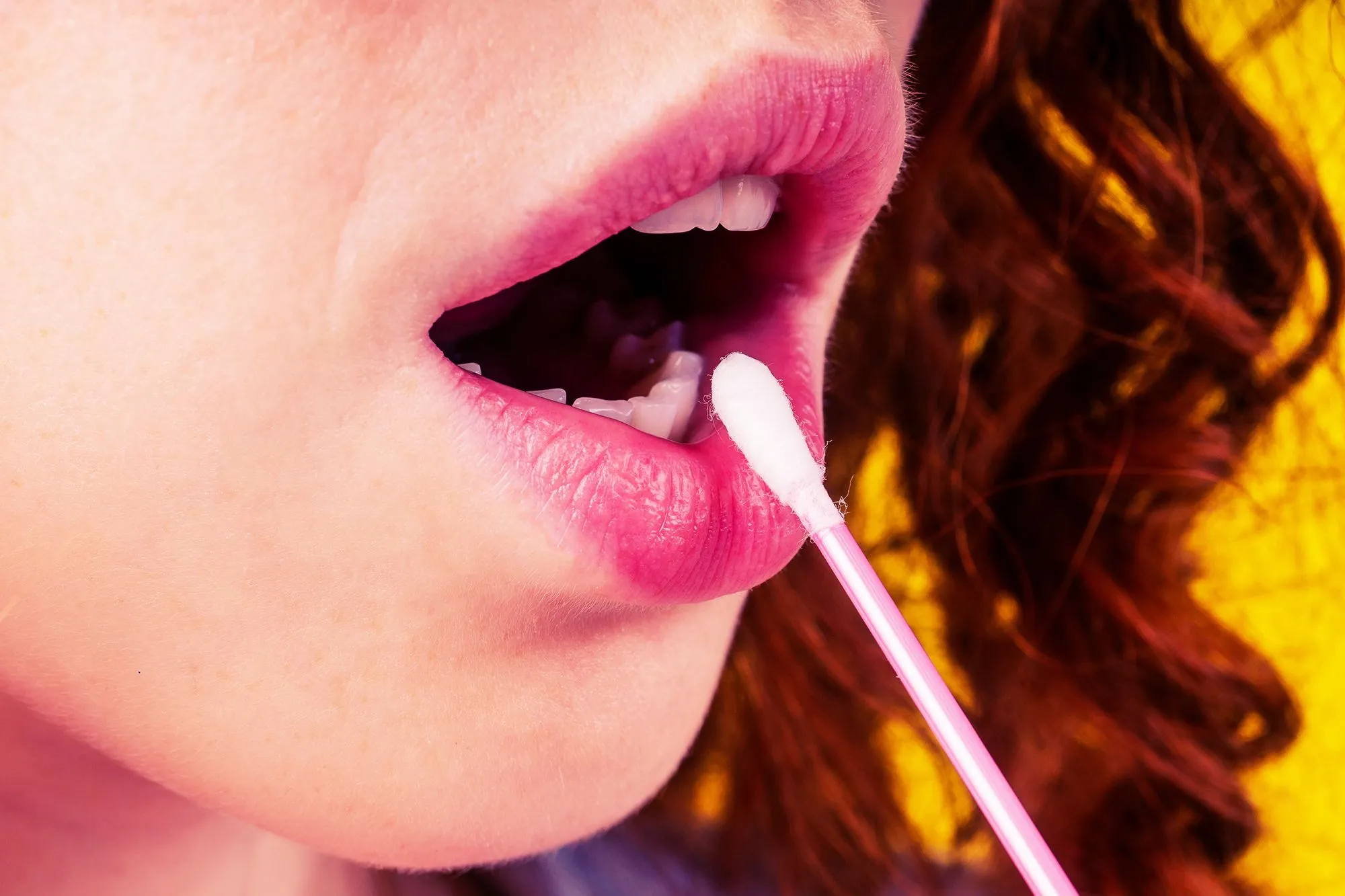
At a molecular level, hydrogen peroxide (H2O2) acts as an oxidizing agent. It releases oxygen molecules, which penetrate the enamel and dentin of the teeth. These oxygen molecules react with the stain molecules, breaking them down into smaller, colorless compounds. This process is particularly effective on stains caused by tannins, chromogens, and other compounds found in coffee, tea, red wine, and tobacco. The penetration depth and effectiveness of the whitening depend on the concentration of hydrogen peroxide and the duration of exposure. Higher concentrations can penetrate deeper and whiten more quickly, but they also carry a higher risk of tooth sensitivity and gum irritation. The science also shows that the effectiveness is also dependent on the original cause of the staining, with surface stains generally being easier to treat than intrinsic stains that have permeated the tooth structure.
Hydrogen Peroxide Concentration for Teeth Whitening
The concentration of hydrogen peroxide used in teeth whitening products varies widely, and it significantly impacts the effectiveness and safety of the treatment. Over-the-counter products, such as whitening toothpastes and strips, typically contain lower concentrations, usually between 3% and 10% hydrogen peroxide. These products are designed for gradual whitening and are generally considered safe for at-home use when used as directed. Professional teeth whitening treatments, performed by dentists, often use much higher concentrations, ranging from 15% to 40%. Because of the higher concentration, these treatments are more effective and can achieve dramatic results in a single session, but they must be administered under professional supervision to minimize the risk of adverse effects.
Different Methods for Using Hydrogen Peroxide
Hydrogen peroxide can be used in several ways for teeth whitening, each offering different levels of convenience, effectiveness, and potential risks. Understanding these methods is crucial for choosing the right approach for your needs and preferences. From professional treatments to at-home remedies, we’ll explore the various techniques, their pros and cons, and the best practices for achieving a brighter, healthier smile. Whether you’re considering custom-fitted trays or simply looking for an easy addition to your oral hygiene routine, this section will guide you through the options.
Hydrogen Peroxide Whitening with Trays
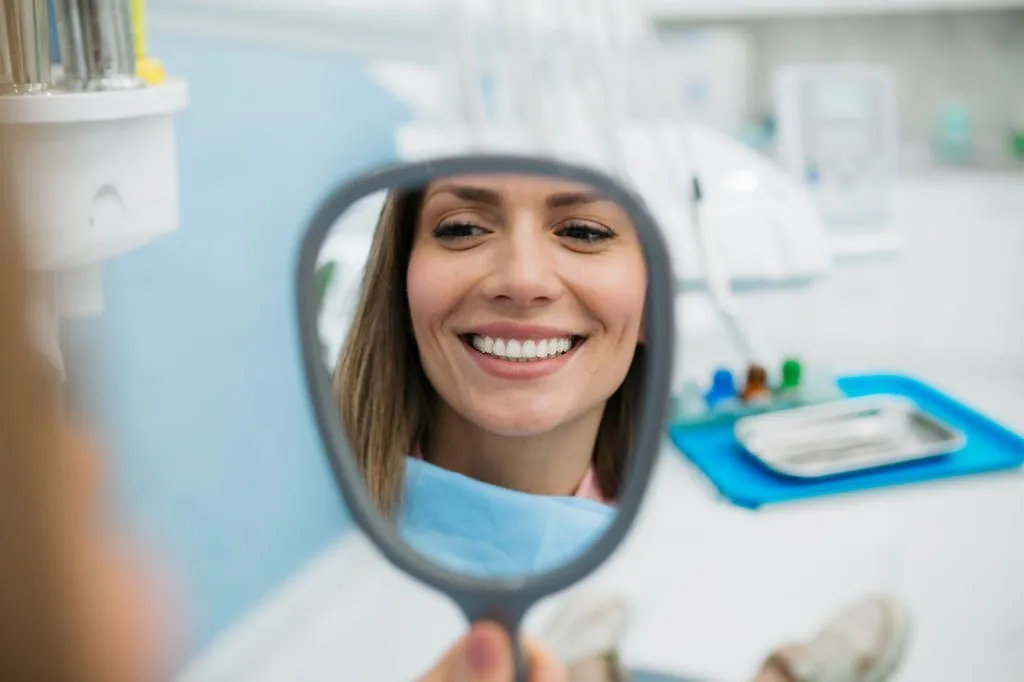
Teeth whitening trays, whether custom-fitted by a dentist or purchased over-the-counter, offer a controlled and effective method for using hydrogen peroxide. Custom trays provide the best fit, ensuring the whitening gel comes into close contact with the teeth while minimizing the risk of gum irritation. You fill the tray with a whitening gel that contains hydrogen peroxide and wear it for a specified amount of time, typically from 30 minutes to a few hours, depending on the concentration of the gel and your dentist’s instructions. Over-the-counter trays are less customized, which may result in uneven whitening or the gel leaking onto the gums. The use of trays offers more controlled exposure to the whitening agent than some other methods, allowing for more predictable results. It is very important to follow the instructions provided by your dentist or the product manufacturer to minimize side effects and achieve optimal results. Always consult with your dentist before using trays to ensure they are appropriate for your specific needs.
Hydrogen Peroxide Whitening Toothpaste
Whitening toothpastes are an accessible and convenient option for incorporating hydrogen peroxide into your oral hygiene routine. These toothpastes typically contain lower concentrations of hydrogen peroxide, making them suitable for daily use. They work by gently removing surface stains and, over time, can contribute to a brighter smile. The abrasive action of the toothpaste, combined with the hydrogen peroxide, helps to lift stains caused by coffee, tea, and other foods and drinks. While whitening toothpastes are a relatively gentle method, they may not produce the same dramatic results as professional treatments or higher-concentration products. It is essential to choose a whitening toothpaste that is formulated for your specific needs, considering factors like sensitivity and enamel health. Using a soft-bristled toothbrush and avoiding excessive brushing pressure will help to minimize the risk of tooth abrasion and potential damage to the gums.
Hydrogen Peroxide Rinses and Mouthwashes
Hydrogen peroxide mouthwashes and rinses offer another easy way to incorporate whitening into your oral care. These products typically contain a low concentration of hydrogen peroxide and are used after brushing and flossing. Rinsing with hydrogen peroxide can help to remove surface stains and freshen breath. Some mouthwashes also have antibacterial properties, contributing to overall oral health. While hydrogen peroxide rinses can be beneficial, they are often less effective than other whitening methods. They are best used as a supplementary treatment rather than a primary whitening strategy. When using a hydrogen peroxide rinse, it’s crucial to follow the product instructions carefully and avoid swallowing the solution. Prolonged use of high-concentration rinses can potentially irritate the gums or lead to other side effects, so moderation and consultation with a dentist are advisable.
Important Considerations & Precautions

While hydrogen peroxide can be an effective teeth whitening agent, it’s crucial to be aware of potential side effects and take necessary precautions to ensure your safety and oral health. Understanding these considerations will help you use hydrogen peroxide responsibly and avoid any adverse outcomes. Always prioritize your oral health and consult with a dental professional before beginning any whitening treatment. This section covers the most important safety aspects and what to consider before whitening.
Potential Side Effects of Hydrogen Peroxide
The use of hydrogen peroxide for teeth whitening can lead to certain side effects, particularly if not used correctly or in excessive concentrations. The most common side effect is tooth sensitivity, which can range from mild discomfort to sharp pain, especially when consuming hot or cold foods and drinks. Gum irritation or inflammation is another possible side effect, which may manifest as redness, swelling, or tenderness along the gum line. In rare cases, prolonged use of high concentrations of hydrogen peroxide can lead to enamel erosion, making the teeth more susceptible to decay. It’s very important to consult a dentist if you experience persistent or severe side effects, especially if you have pre-existing dental conditions. Using products as directed and seeking professional guidance will help to minimize the risks and manage any side effects effectively.
Who Should Avoid Hydrogen Peroxide Whitening
Not everyone is a suitable candidate for hydrogen peroxide teeth whitening. Certain individuals should avoid or exercise extreme caution when considering this treatment. People with sensitive teeth or gums are more prone to experiencing irritation and discomfort. Those with existing dental issues, such as cavities, gum disease, or cracked teeth, should address these problems before attempting any whitening treatment. Hydrogen peroxide can exacerbate these conditions, leading to further complications. Pregnant or breastfeeding women should also consult with their doctor before using any teeth whitening products. The effects of hydrogen peroxide on developing babies are not fully understood. Finally, individuals with certain dental restorations, such as crowns, veneers, or fillings, should be aware that hydrogen peroxide will not whiten these materials. Careful consideration and consultation with a dentist are essential to determine whether hydrogen peroxide teeth whitening is safe and appropriate for your specific needs and circumstances.
Alternatives to Hydrogen Peroxide for Teeth Whitening
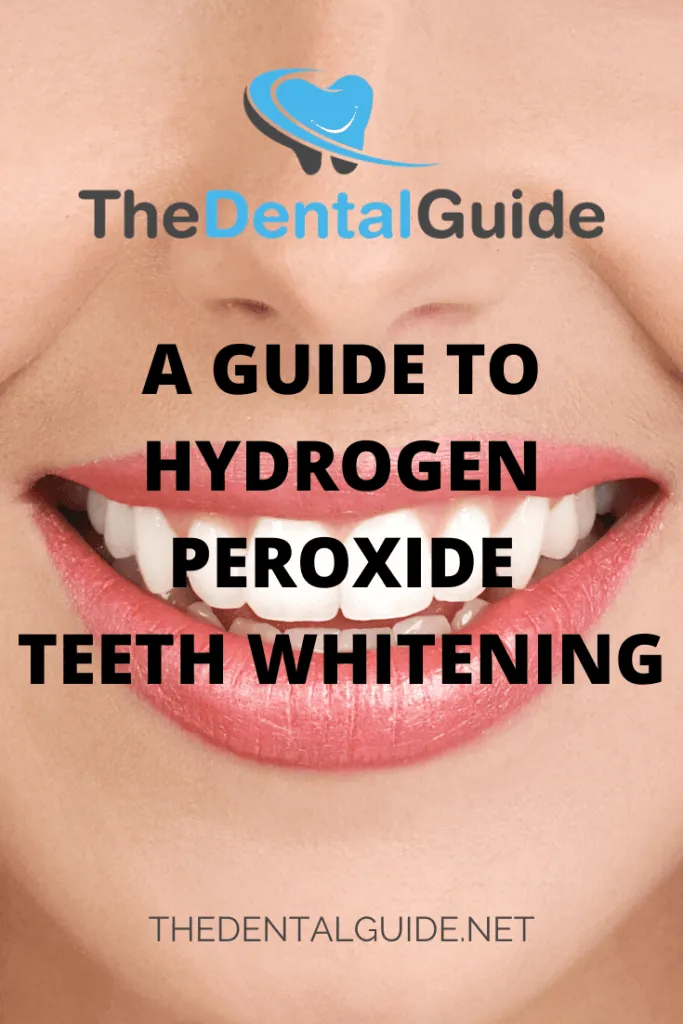
If hydrogen peroxide teeth whitening is not suitable for you, or if you’re looking for alternative options, there are several other methods available to achieve a brighter smile. These alternatives range from professional treatments to over-the-counter products and natural remedies. Understanding these options will help you make informed decisions and choose the best approach for your needs, preferences, and oral health. The key is to consider your specific needs and preferences to choose the most appropriate alternative.
Professional Teeth Whitening Options
Professional teeth whitening options, administered by a dentist, often offer the most dramatic and effective results. These treatments typically involve the use of high-concentration hydrogen peroxide gels, which are applied to the teeth under professional supervision. The dentist may use special lights or lasers to enhance the whitening effect. In-office whitening sessions are typically completed in a single appointment and can provide significant improvements in tooth shade. Another professional option includes custom-fitted trays with professional-strength whitening gels. These trays are made to fit the patient’s mouth precisely, ensuring optimal contact with the teeth and minimizing gum irritation. Professional whitening treatments are ideal for individuals seeking rapid and noticeable results. However, it is essential to understand that these treatments can be more expensive than at-home options and may cause temporary tooth sensitivity.
Over-the-Counter Whitening Products
Over-the-counter whitening products provide an accessible and affordable way to brighten your smile. These products include whitening strips, gels, toothpastes, and mouthwashes, all of which contain varying concentrations of whitening agents. Whitening strips are one of the most popular choices, and they are easy to use and can provide noticeable results over several weeks. Whitening gels are often applied using a tray or brush. Whitening toothpastes contain mild abrasives and low concentrations of whitening agents. Whitening mouthwashes can help remove surface stains and freshen breath. The effectiveness of over-the-counter products varies, with strips and gels generally providing more significant results than toothpastes and mouthwashes. It is essential to follow the product instructions carefully and be aware that results may take longer to appear than with professional treatments.
Maintaining Your Bright Smile
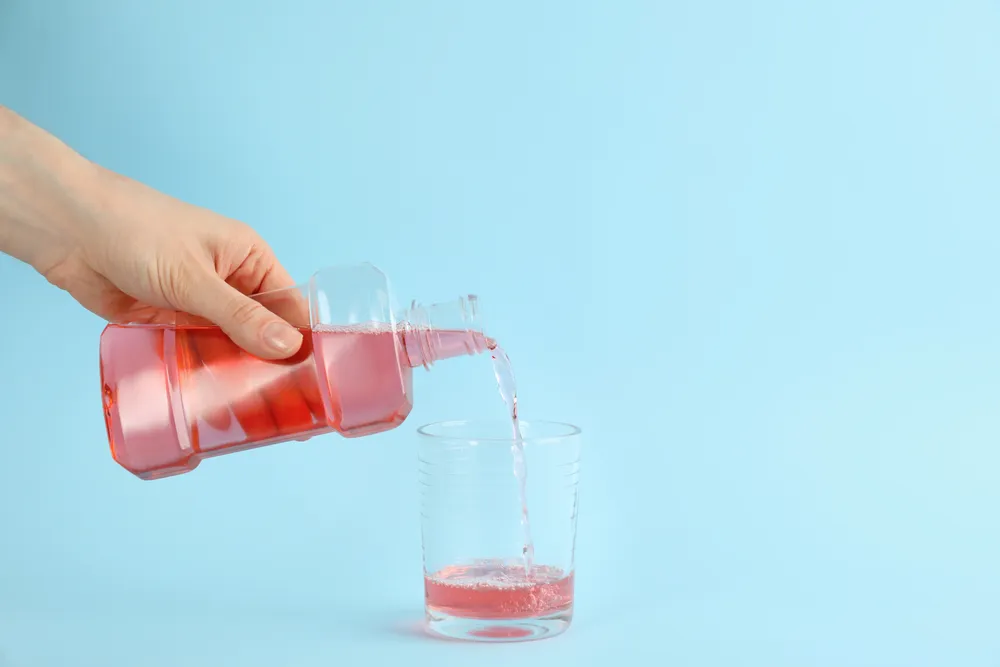
Once you’ve achieved your desired level of tooth whitening, it’s essential to take steps to maintain your bright smile. This involves a combination of good oral hygiene practices, lifestyle adjustments, and occasional touch-up treatments. Consistent maintenance will help you enjoy the benefits of your whitening efforts for a longer period. The goal is to prevent stains from reforming and to keep your teeth looking their best. Regular check-ups and professional cleanings are also vital for maintaining your overall oral health.
Tips for Long-Lasting Results
To ensure your teeth whitening results last, it’s important to follow some key strategies. Minimize consumption of stain-causing foods and drinks, such as coffee, tea, red wine, and berries. If you do consume these items, rinse your mouth with water afterward or brush your teeth to reduce staining. Avoid tobacco products, as smoking and chewing tobacco are major contributors to tooth discoloration. Maintain a consistent oral hygiene routine, including brushing twice a day with a whitening toothpaste and flossing daily. Consider using a whitening mouthwash as part of your routine. Schedule regular dental check-ups and professional cleanings to remove surface stains and maintain overall oral health. Touch-up treatments with at-home products or professional whitening can help to maintain your bright smile over time. By incorporating these tips, you can enjoy long-lasting, beautiful results from your teeth whitening efforts.
Oral Hygiene Practices
Effective oral hygiene practices are fundamental to maintaining a bright smile and preventing future discoloration. Brush your teeth at least twice a day for two minutes each time, using a soft-bristled toothbrush and fluoride toothpaste. Floss daily to remove plaque and food particles from between your teeth and along the gumline. Consider using an antibacterial mouthwash to reduce bacteria and freshen breath. Schedule regular dental check-ups and professional cleanings every six months to remove plaque, tartar, and surface stains. Proper brushing technique is crucial. Brush in gentle, circular motions, angling the toothbrush towards the gumline. Make sure to brush all surfaces of your teeth, including the front, back, and chewing surfaces. Floss gently, using a clean section of floss for each tooth. By adhering to these oral hygiene practices, you’ll not only maintain a brighter smile but also promote overall oral health and prevent dental issues.
